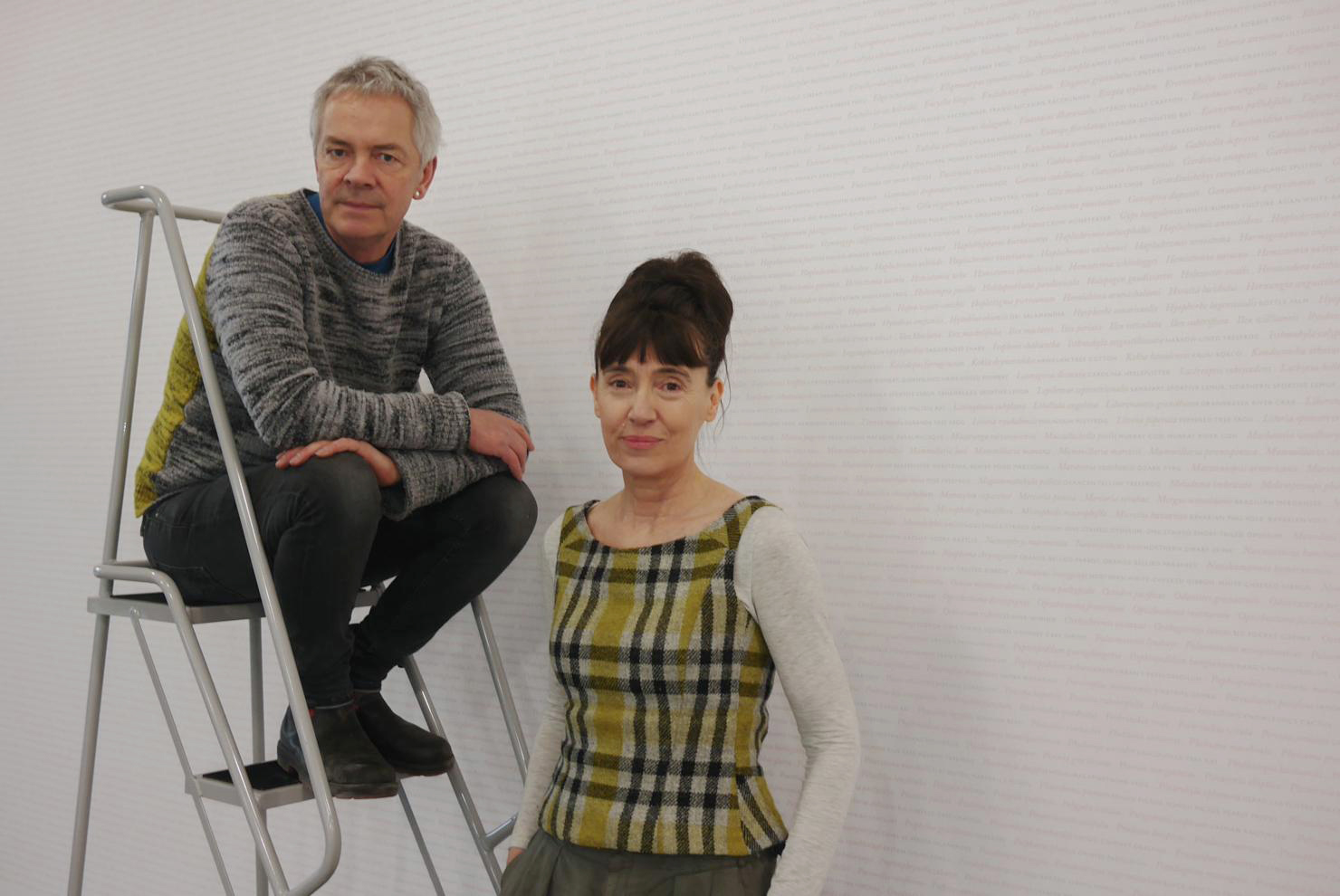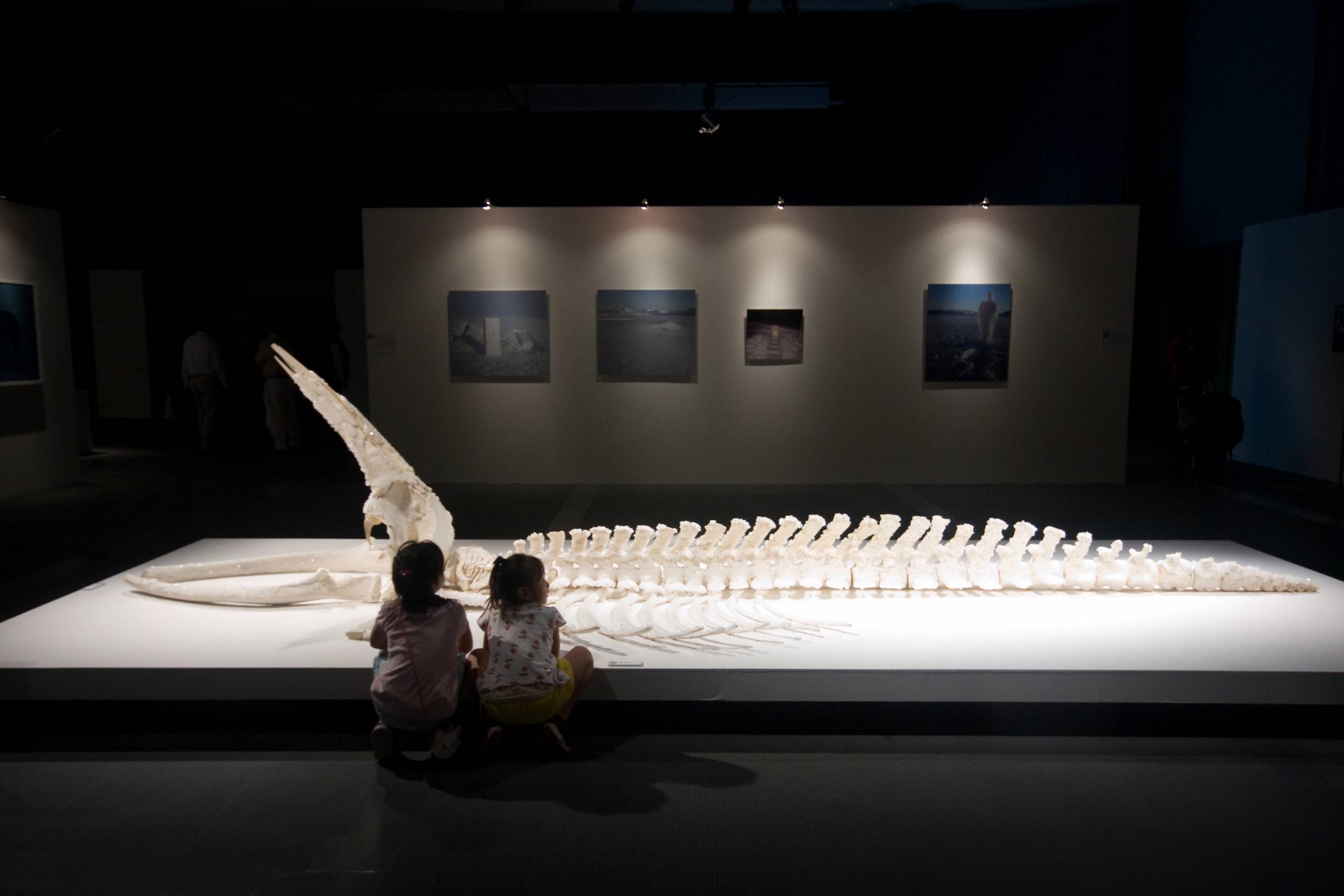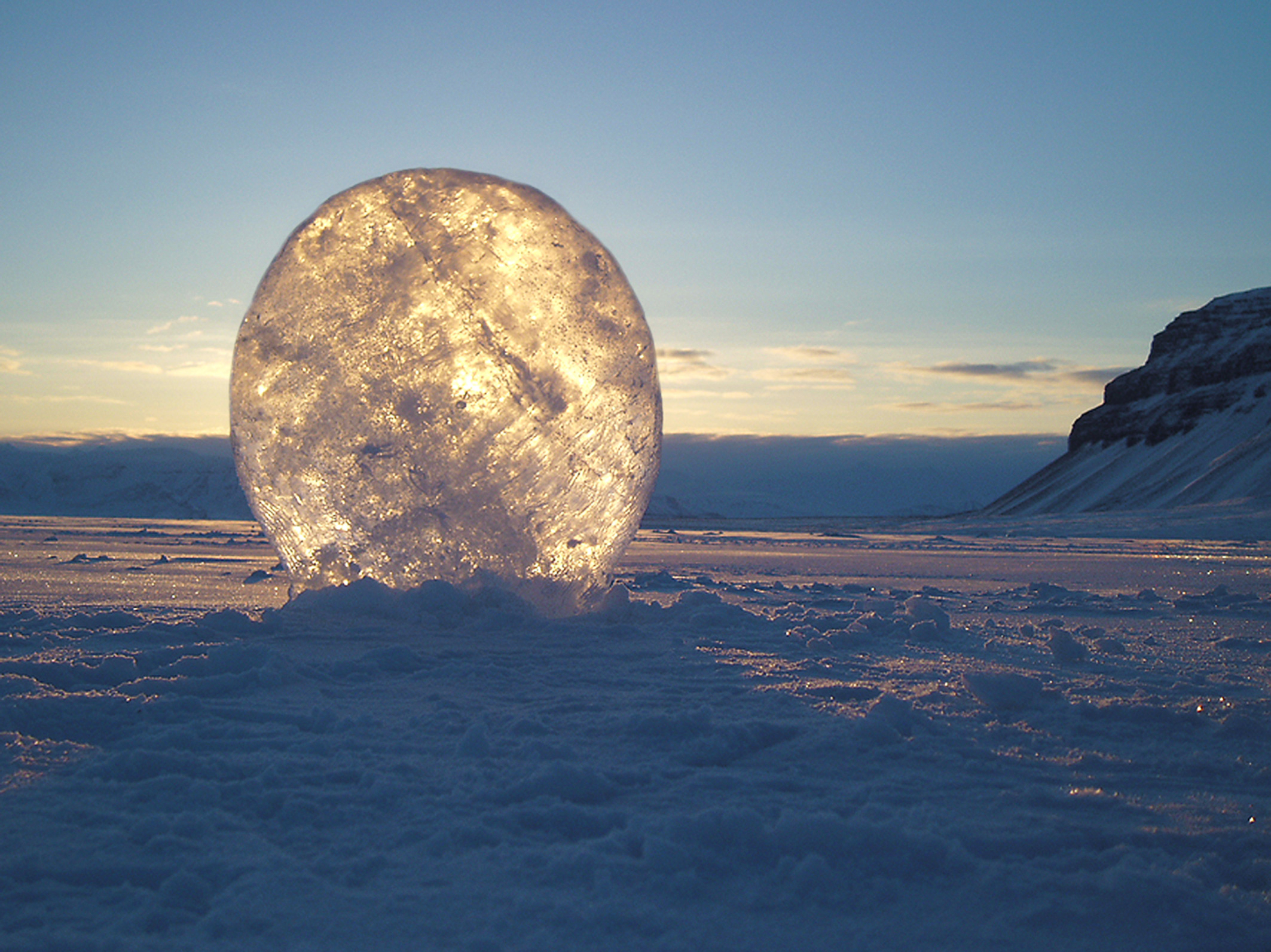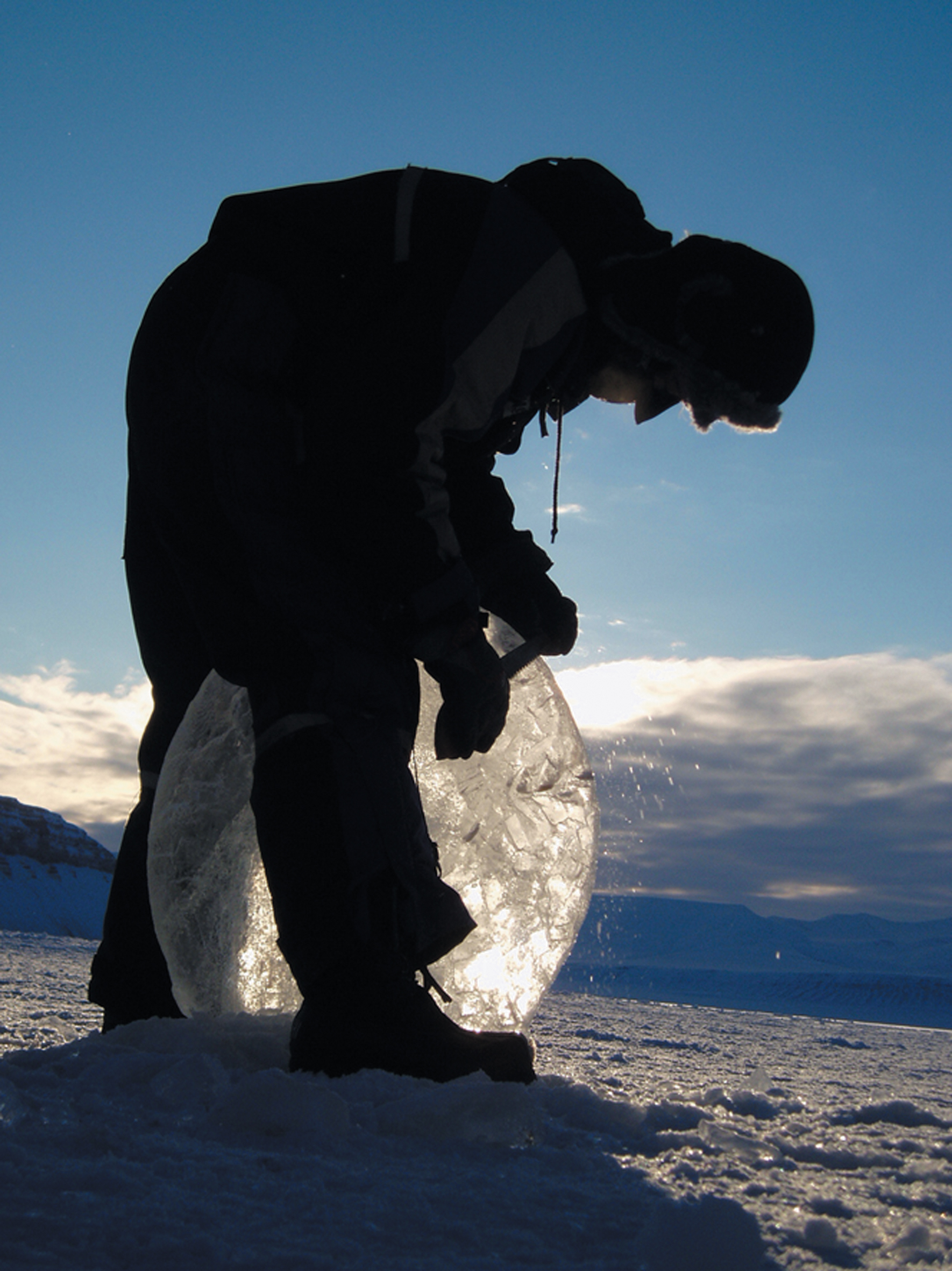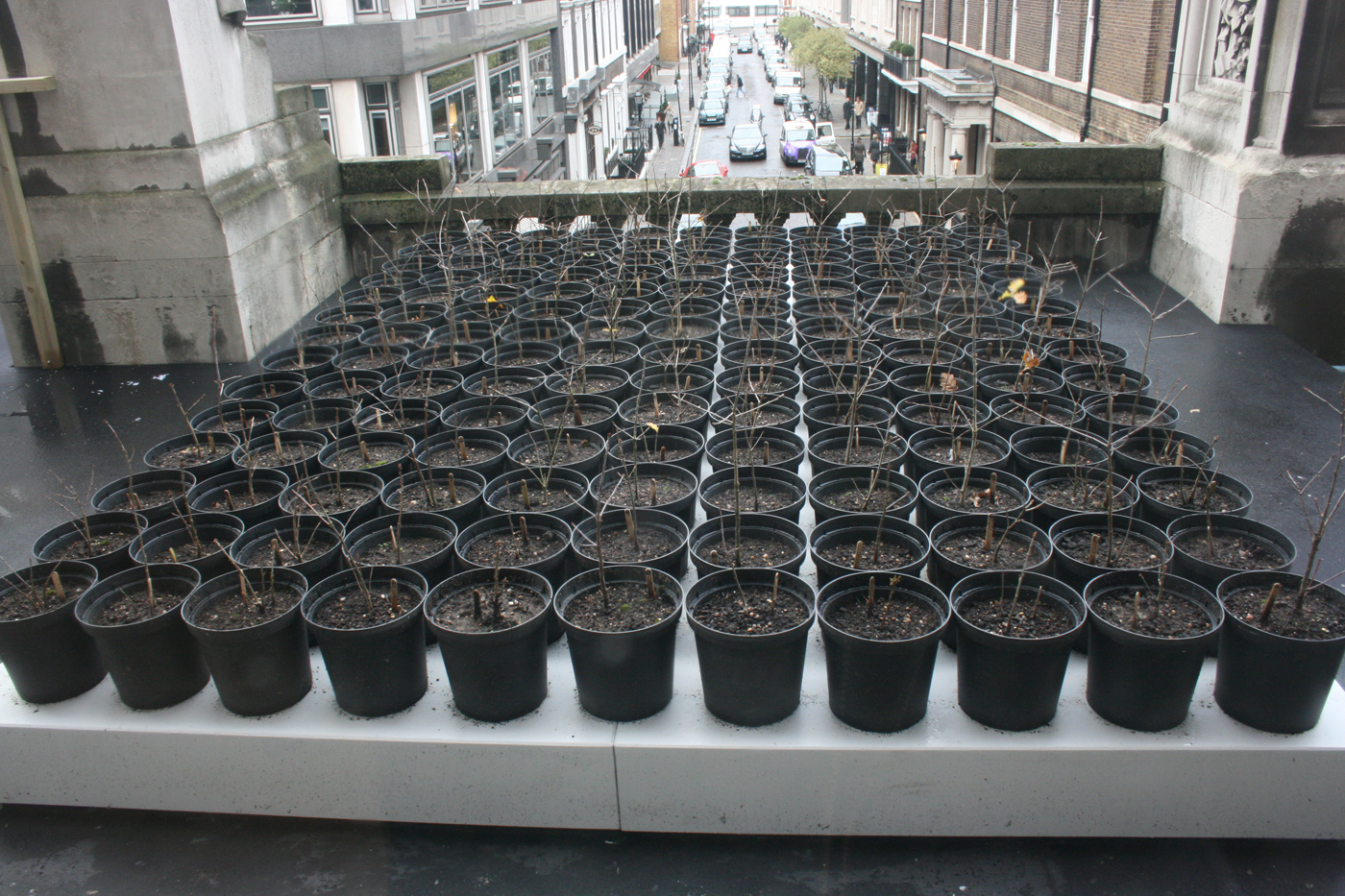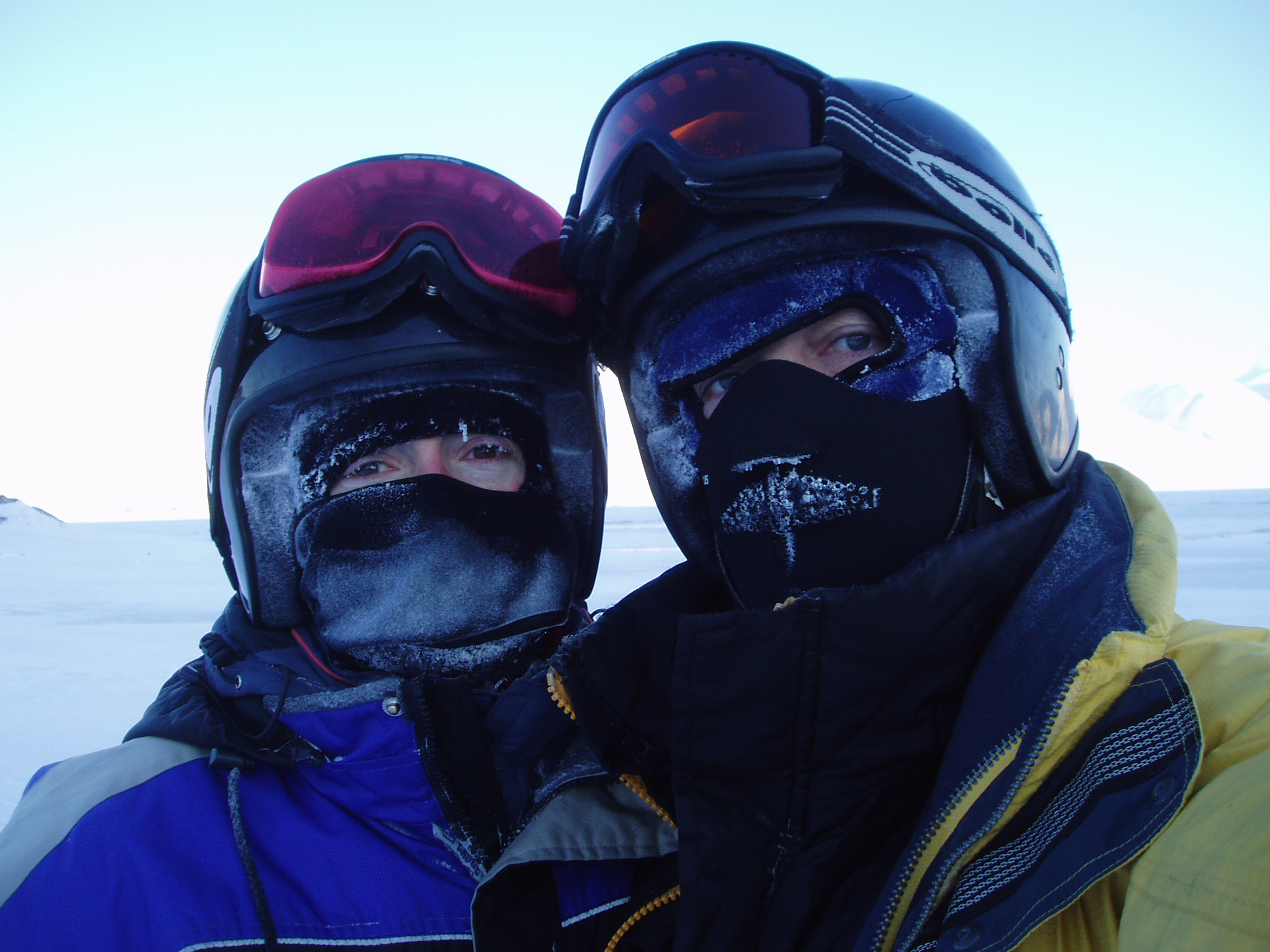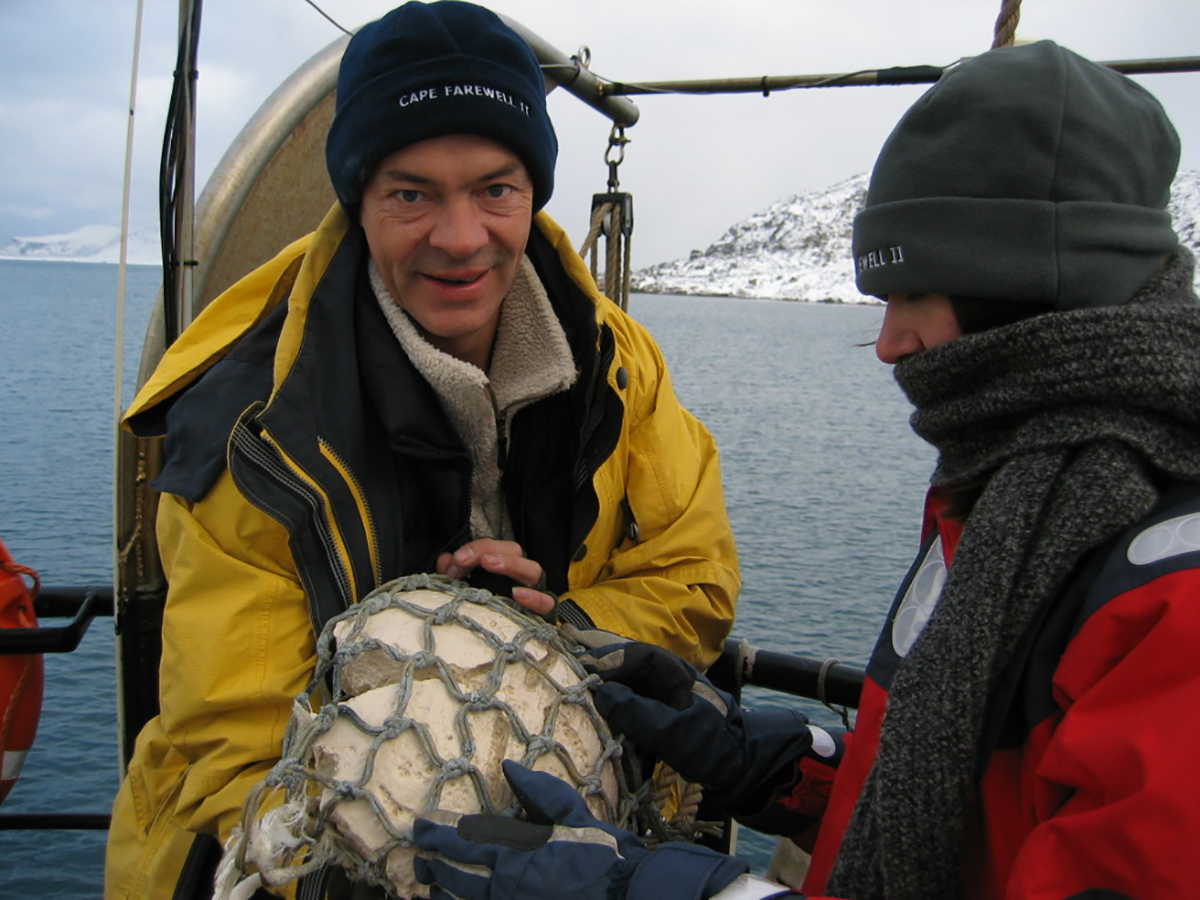Ackroyd & Harvey
Artists and often collaborators whose time-based works have an intrinsic bias towards process and event
Both Heather Ackroyd and Dan Harvey have been involved with Cape Farewell from it’s outset. Together they joined three expeditions to Svalbard with Cape Farewell in 2003, 2004 and 2005, investigating and responding to the effects of climate change. Dan also joined the Youth Expeditions as a mentor, and again for the Art/Science Expedition in 2007.
Their major work Stranded was created for the Cape Farewell exhibition Art & Climate Change. They produced a major commission for ArtCOP21 and their artworks feature in Cape Farewell exhibitions including Unfold, Carbon 13 and eARTh: Art of a changing world. They undertook a Slow Art Residency as part of the Cape Farewell | Eden Project collaboration and feature in many of our books and films.
About the Artists
Ackroyd & Harvey have been collaborating and exhibiting internationally together in galleries, museums and found sites since 1990. Sculpture, photography, science, architecture and ecology are some of the disciplines that intersect in their work, resulting in time-based acts that reveal an intrinsic bias towards process and event.
In 2007 they created their most ambitious public artwork to date, FlyTower, on the National Theatre’s Lyttleton flytower. Here they grew seedling grass directly on the exterior of one of London’s landmarks, transforming this iconic building into a living artwork of massive proportions.
Ackroyd & Harvey have been recipients of numerous awards including two RSA Art For Architecture awards, Wellcome Sci-Art, NESTA Pioneering Award and the L’Oreal Art & Science of Colour Prize. Selected solo/group exhibitions include National Theatre London (2007), Big Chill UK(2007), Liverpool Art Biennale (2006), Natural History Museum, London (2006), Sculpture Quadrennial, Riga (2004), Musee de’ L’Elysee, Lausanne (2004), Dilston Grove, London (2003), Chicago Public Art Program (2003), Isabella Stewart Gardner Museum, Boston (2001), Beaconsfield, London (2000), V&A Museum, London (2000).
Find out more on their website www.ackroydandharvey.com
“How and why does loss matter? The chemistry of our oceans is changing. It is now accepted that, if we continue unabated in our consumption of fossil fuel, the acidity of the oceans will increase incrementally and the life they support, from tiny carbonate shells and plankton upwards, will perish. Does the loss of this young minke whale matter? We only know him through his death and we really know very little of his life. So we have embraced his loss and sought to re-appraise the value of his life. Here, where the gleaming crystals encase his lifeless bones, lies a memento mori for our times.”
Ackroyd & Harvey, 2007
eARTh: Art of a changing world
u-n-f-o-l-d touring exhibition
Art & Climate Change exhibition
